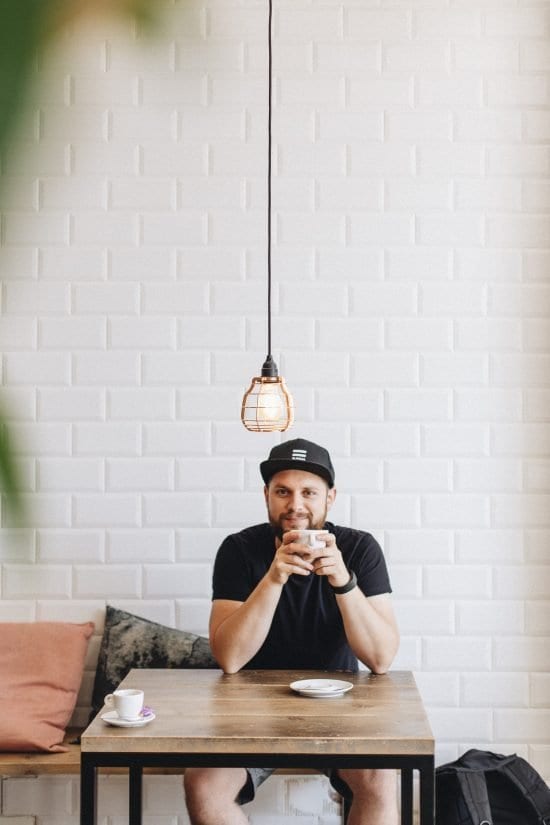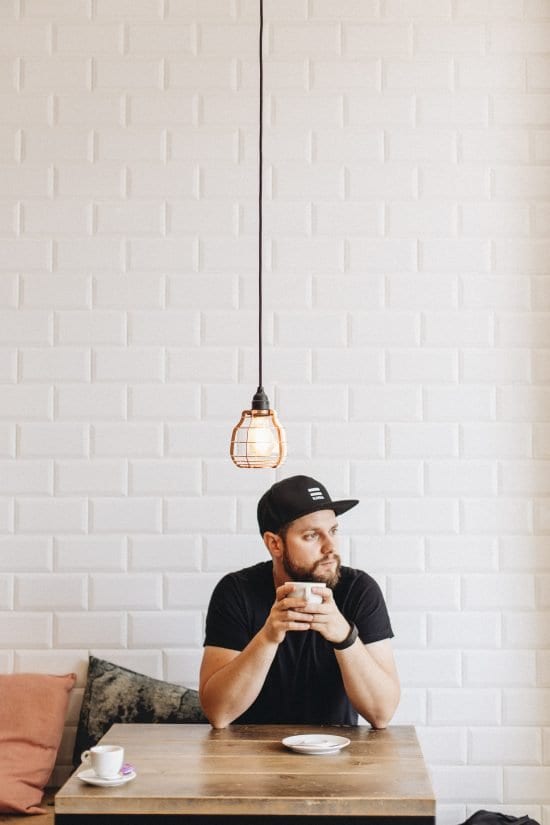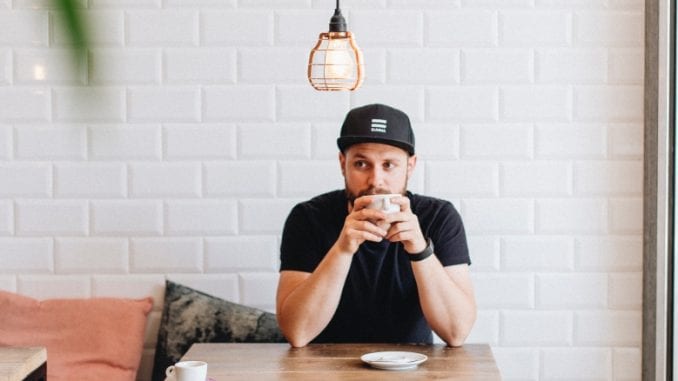
From photographer to coffee lover to Germany’s Cezve/Ibrik champion, Sinan Muslu talks about how to make a great cup of the often-forgotten brew method.
BY CAROLINE CORMIER
SPECIAL TO BARISTA MAGAZINE ONLINE
Cover photo by Lena Heckl
Sinan Muslu is a talented commercial and lifestyle photographer who has had a long-time love affair with all things related to coffee. Since 2016, he’s been publishing a blog on the subject and covering coffee competitions and events across Europe. Most recently, he became the 2019 German Cezve/Ibrik champion and will be representing the country in the World Cezve/Ibrik Championship in Berlin this June.
In this interview, we learn how Sinan got started within the coffee industry, discover some tips on the art of making a great cezve/ibrik coffee, and get a sneak peek at what coffee-related projects are next on his agenda.
Caroline Cormier: Let’s start at the beginning. Can you tell us when and how you first got introduced to coffee?
There are a few moments over the years that stand out for me, but the first time I remember being introduced to making coffee was when I was about 7 or 8 years old and my family went on vacation in Turkey. There, brewing cezve is the norm, but for me it was quite special. I liked that it was such an active way of brewing coffee, and I knew that someday I wanted to learn how to do it on my own.
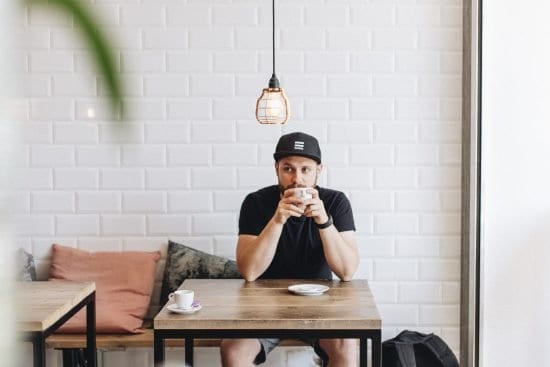
Another moment that stands out to me—although I didn’t know it at the time—was when I bought my first V60 kit. I bought it from Coffee Circle in Berlin sometime in 2012. It’s funny now because I know some of the people that work there. I even participated in their Chemex Cup and wrote a coffee guide for Chicago for them. But, all of this started with putting a V60 kit into my shopping cart.
That said, the most important moment for entering the coffee world was the German Barista Championship in Munich in 2016. I volunteered as a photographer, after watching the championship the year before on livestream from my couch. While I was there, I instantly met people that I had only known from the internet or heard about. It turned out that everyone was so damn friendly and, as a result, I’ve found myself caught up in the coffee world ever since.
You recently won the 2019 German Cezve/Ibrik Championship—congratulations! Can you tell us about what inspired you to compete, and what this experience was like?
The inspiration to compete comes from the fact that the cezve was my first contact point with coffee many years ago. But, also, I think it comes from the fact that, since 2016, I’ve been the official SCA Germany photographer for competitions. Doing this, I gained a lot of insight regarding the preparation for the competition, but also the competition itself. The precision, the knowledge, the creativity—it all fascinated me—and I found myself wanting to compete too. However, to compete in a big competition like the Brewers Cup or the Barista Championship would have been a kind of coffee-suicide, so I chose to return to my coffee roots and get started in the lesser-known cezve/ibrik category.
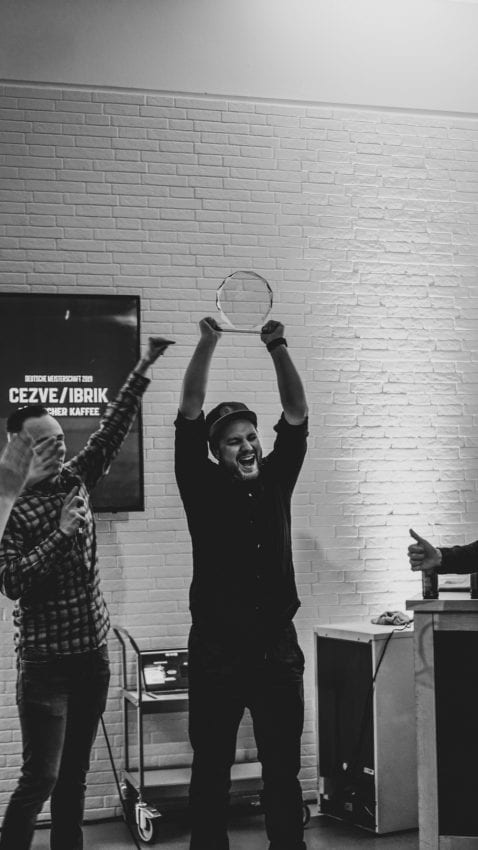
What is so special about coffee made in a cezve/ibrik? What sets it apart from other brewing methods?
It’s about expectation. Almost everyone has tried a traditional “Turkish coffee” at some point. It is special, but definitely not specialty. It’s often over-extracted and full of sugar and spices. The special part for me is to combine one of the oldest ways to brew coffee with today’s specialty coffee standards. The fact that you can get a clean and sweet cup of coffee surprises everyone who is taking their first sip of a specialty coffee made in a cezve.
I also really like the way of brewing it. You grind it, put everything into this tiny pot, set it on fire, and keep an eye on the coffee’s surface. It’s relaxing—just like a V60 in the morning—but it’s totally different.
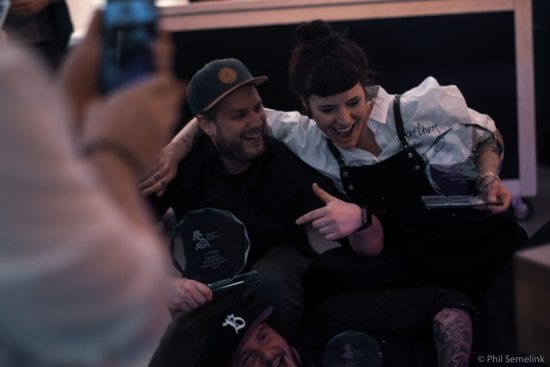
Can you tell us a little bit more about the coffee you used in the competition?
The coffee I used in the German championship was a Gesha from Colombia. It was roasted by Ivo Weller at Röststätte Berlin. The coffee itself comes from Hacienda El Obraje located near the town of Tangua in the Nariño region of Colombia. Pablo Guerrero, the farmer at Hacienda El Obraje, got into coffee in 2000 and has been producing it ever since.
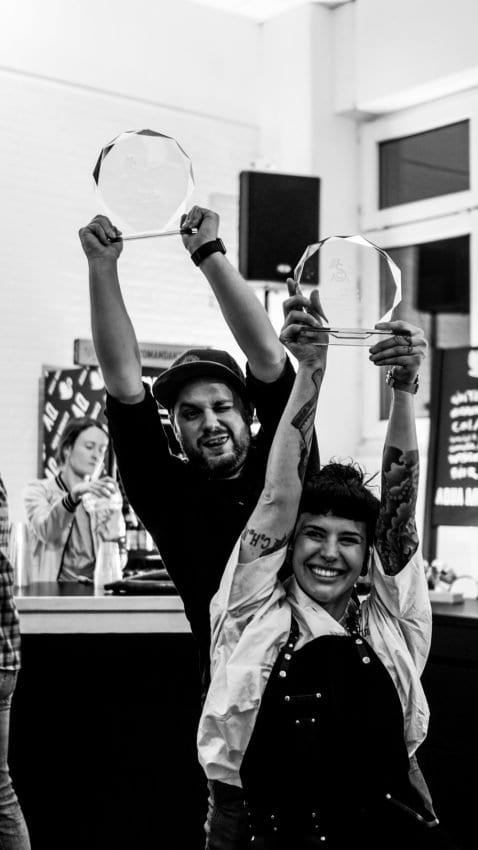
The Gesha plots were harvested in May of 2018, and the cherries fermented for 25 hours in tile tanks. They were then dried on the raised beds of the solar dryer for around 30 days. This method of processing brings even more sweetness to the beans and helps them reach a full body when brewing it in a cezve.
In your opinion, what’s the secret behind creating award-winning cezve/ibrik prepared coffee?
It has to surprise and surpass all expectations. Personally, I think it should also be sweet and refreshing! I also think it’s important not to hold on to methods from the past. I like to experiment with grind size, water, and ratios. The cezve is a tool for creating specialty coffee and, as we all know, that’s about far more than just putting water and coffee grounds together.
You also are a very talented photographer and you’ve covered many coffee competitions in Europe. Can you tell us a little more about how you got involved with this and what your favorite event to cover has been?
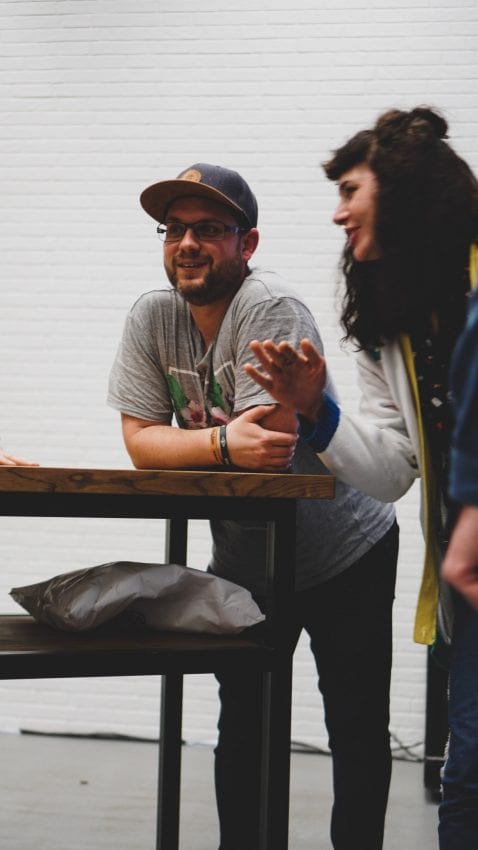
As I mentioned earlier, I got into mixing coffee and photography as a volunteer at the German Barista Championship in Munich in 2016. I wanted to be an active part of the event, rather than sitting at home watching the livestream on my sofa. So, I decided to offer my photography skills and the organizers were happy about that. I handed out these photos to everyone that was part of the event and used the images on my blog and Instagram account. The rest, I guess you could say, is history.
To pick just one event as my favorite is difficult. Perhaps it was Munich because this was a start for me, but I also love taking photos of even the smallest barista sessions in local roasteries. I love when there’s a good mood and many friends around. It then becomes a kind of family meeting and I love it.
You also have your own blog, coffeesomething.de. Tell us what inspired you to start this and what it’s all about (especially for our non-German-speaking readers)?
This is probably more of a ‘fun fact’ than anything else. Initially, I only had an Instagram account to share my passion for coffee. I actually initially set up the blog because, well, I wanted to set up a blog. I’d hoped to understand the process behind it, including SEO, affiliate marketing, and so on. It would have been obvious to set up a photography blog given my profession but there’s lots of stuff to find on the internet about photography. So, I decided to go with coffee instead—it was still a bit of a niche—and my efforts got a lot of good feedback. On the blog, you can find information about coffee events and travels, but also about new coffee trends, tools, gadgets, and knowledge.
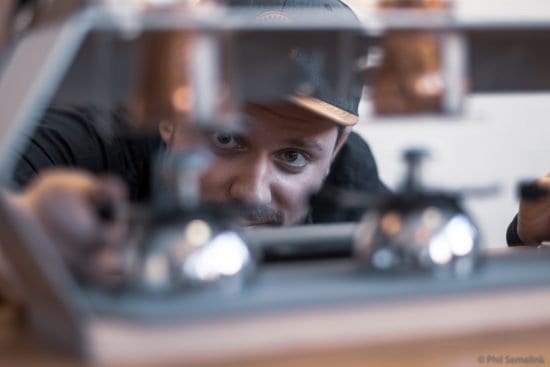
You definitely keep a busy schedule, particularly when it comes to coffee. Beyond the upcoming championship in June, what other exciting coffee-related projects are on the agenda for you in 2019?
Well, the most important thing for me is always to learn, learn, and learn! I have two invitations from importers to visit their cupping rooms, which I will definitely accept. I hope to continue to expand my network. The other projects that I have in mind will have to remain a secret for now because I still don’t know which of them will come to fruition first. You’ll have to stay tuned to my Instagram or my blog for more information!
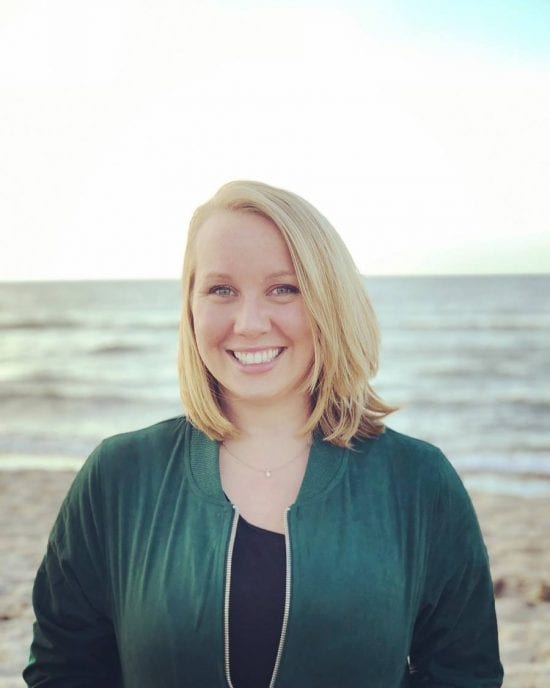
ABOUT THE AUTHOR
Caroline Cormier is a freelance writer from Canada. She currently lives in Berlin, where you can find her digging through archives to discover forgotten stories of the past for her Ph.D., exploring the city’s art and culture scene, or simply enjoying a good cup of coffee at a local café or farmers market.

